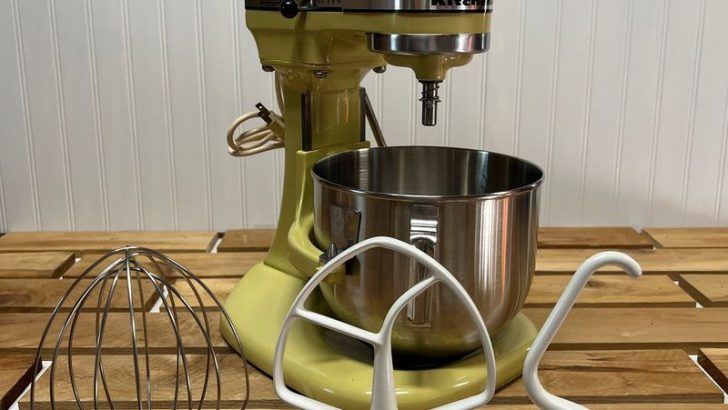The 1970s was a fascinating era for home gadgets, as innovation surged and new technologies became household staples. These gadgets not only made life easier but also set new standards that paved the way for modern conveniences. In this article, we explore 12 iconic gadgets that defined 1970s households.
1. Electric Toaster
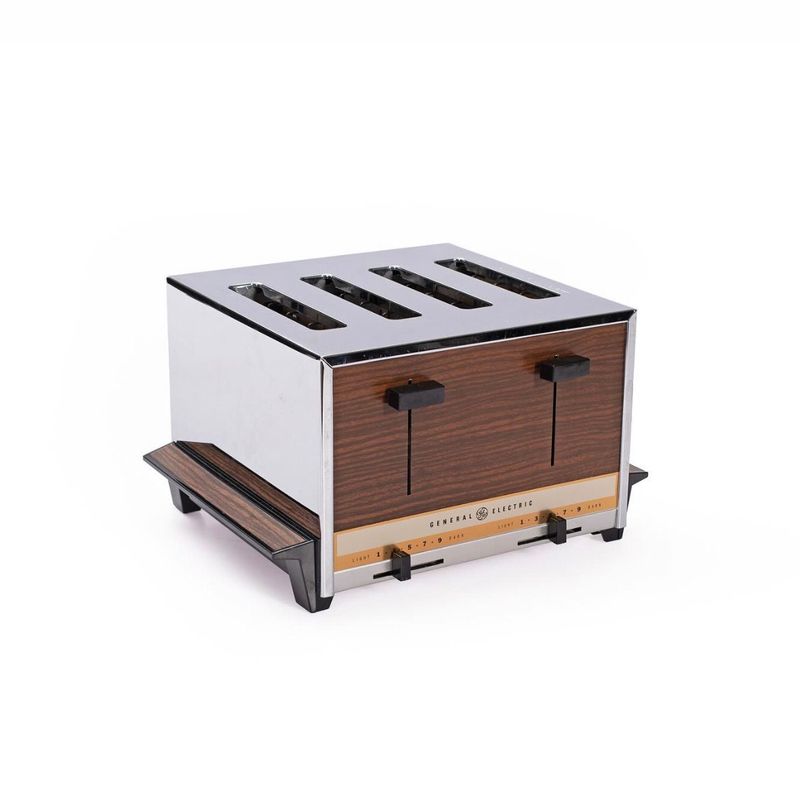
The electric toaster revolutionized breakfast in the 1970s, offering a quick and efficient way to enjoy toasted bread. Its shiny chrome exterior and simple lever mechanism made it a kitchen staple.
Families could now enjoy perfectly browned toast in minutes, a luxury previously reserved for those with time to spare. The toaster’s reliability and ease of use contributed to its widespread popularity.
Did you know? The modern pop-up toaster was actually invented in the 1920s, but it wasn’t until the 1970s that it became a must-have appliance in every home.
2. Crock-Pot Slow Cooker

The Crock-Pot slow cooker was a culinary game-changer in the 1970s. It allowed busy families to prepare hearty meals without constant supervision. Just set it and forget it!
This innovation came with a promise of tender, flavorful dishes that cooked over hours. Its convenience and efficiency made it a beloved kitchen companion.
Fun fact: The Crock-Pot was originally marketed as a bean cooker but quickly became synonymous with slow-cooked meals, transforming dinner time for countless households.
3. Microwave Oven

The microwave oven was the epitome of modern convenience in the 1970s. It drastically reduced cooking times, introducing a new era of quick meals.
This gadget became an indispensable tool for those seeking efficiency, revolutionizing how families approached meal prep. Its sleek design and user-friendly interface added a futuristic touch to kitchens.
Curious fact: The first commercial microwave was introduced in the late 1940s, but it wasn’t until the 1970s that it became a household necessity.
4. Electric Can Opener
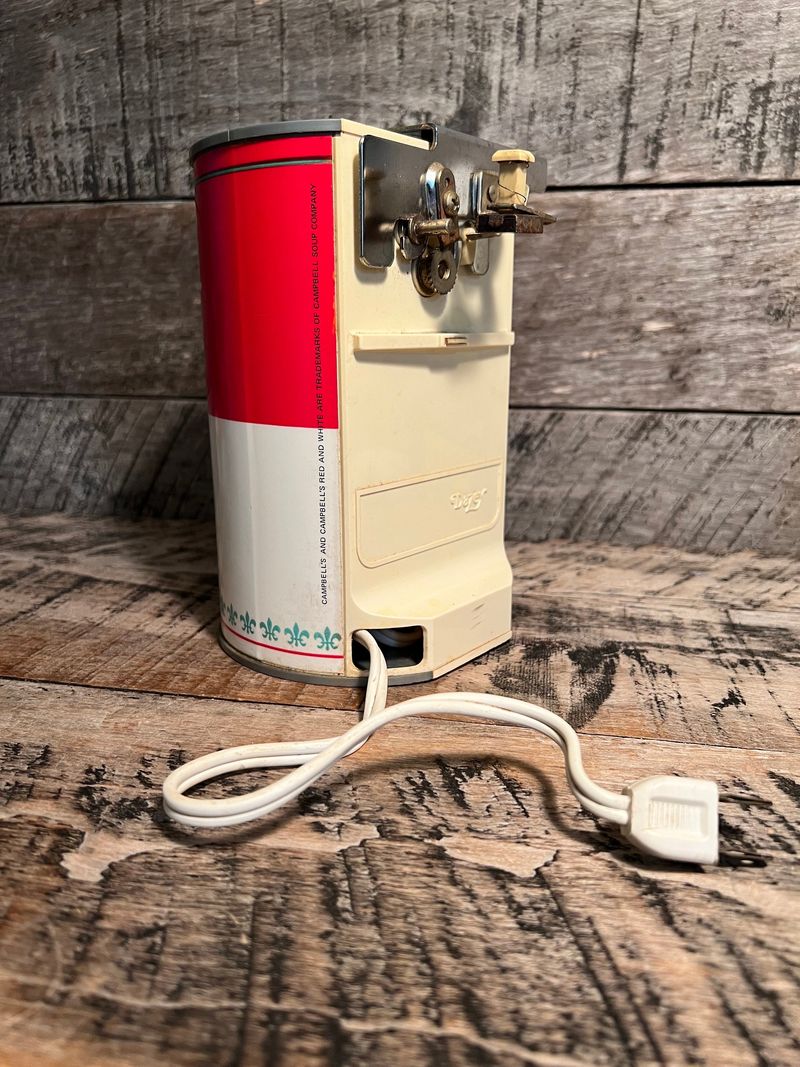
The electric can opener was a small yet mighty addition to kitchens in the 1970s. It eliminated the struggle of manual can opening, offering ease and speed.
This gadget’s vibrant design and straightforward operation appealed to families looking to simplify daily tasks. Its presence marked a shift towards automation in home kitchens.
Interesting tidbit: Electric can openers became particularly popular due to the rise of canned foods during this era, emphasizing convenience and efficiency.
5. Cordless Phone
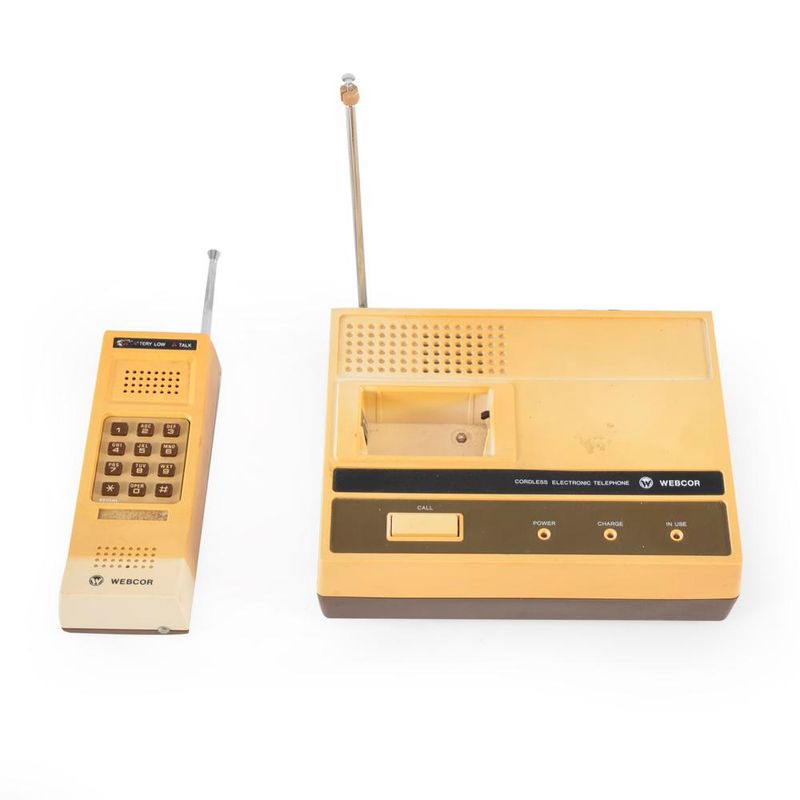
The cordless phone liberated communication in the 1970s, allowing conversations to move beyond the confines of a cord. It offered newfound mobility.
With its bulky design and rotary dial, it was a symbol of technological advancement. Families embraced the freedom it brought, transforming household interactions.
Did you know? The cordless phone paved the way for modern mobile communication, setting a precedent for future innovations in telecommunication.
6. Record Player
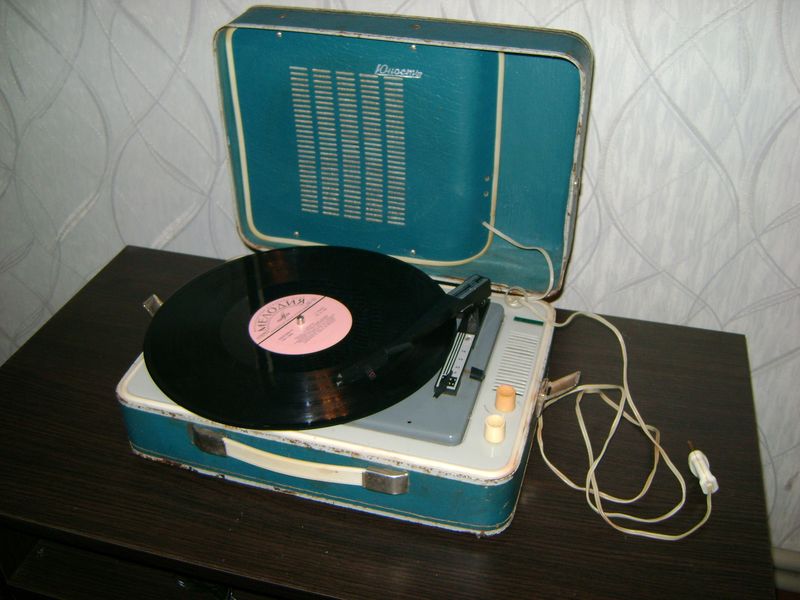
The record player was the heart of musical enjoyment in the 1970s. It brought the rich, warm sound of vinyl into homes, creating an immersive listening experience.
This gadget became an emblem of leisure and culture, with families gathering around for music sessions. Its aesthetic appeal added charm to any room.
Quirky fact: Vinyl records saw a resurgence in popularity many decades later, proving the timeless allure of analog sound.
7. Stand Mixer
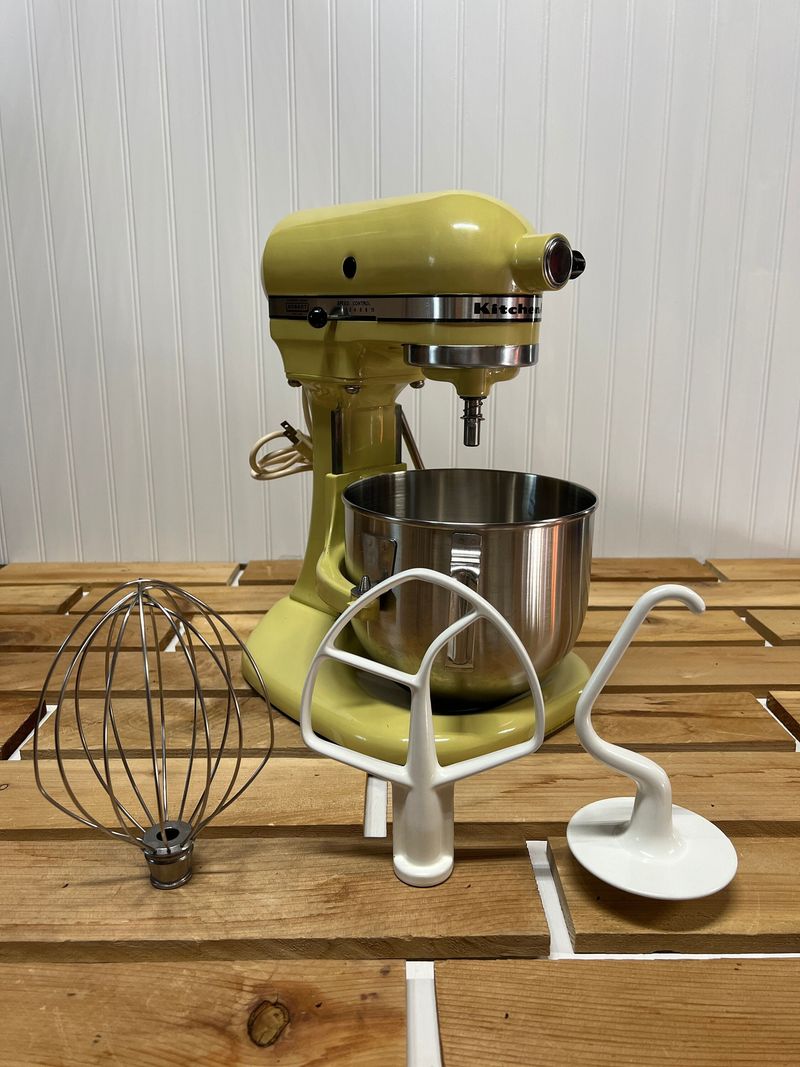
The stand mixer was a powerhouse in 1970s kitchens, making baking and mixing tasks a breeze. Its sturdy design and multiple attachments offered versatility.
This gadget was celebrated for its ability to handle tough mixing jobs with ease, promoting homemade treats. Its iconic look stood out in kitchens of the era.
Fun fact: The stand mixer was often passed down through generations, becoming a cherished heirloom symbolizing family tradition.
8. Blender
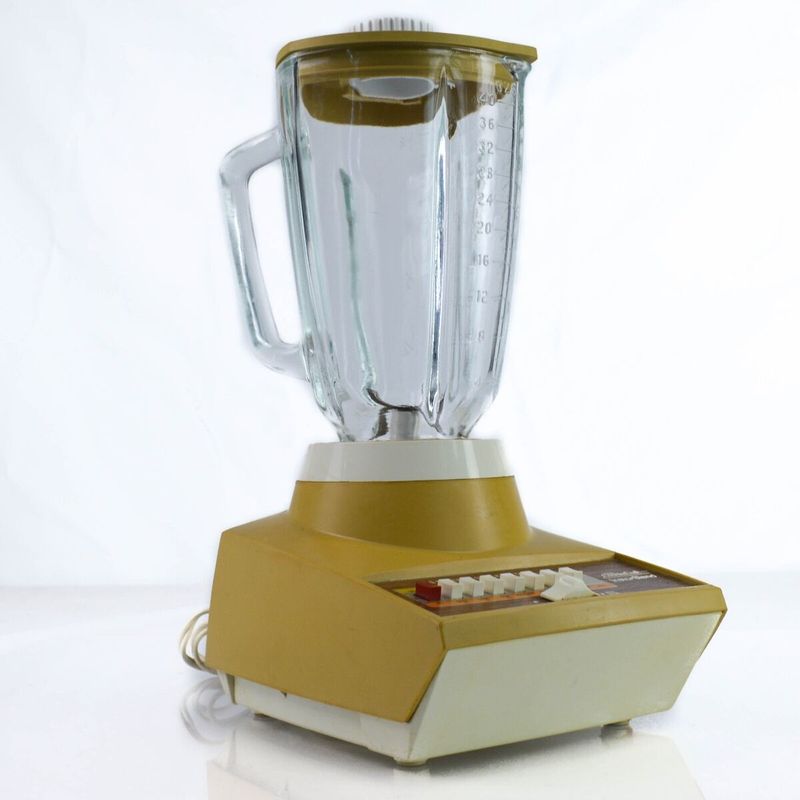
The blender in the 1970s was a beacon of culinary creativity, enabling the preparation of smoothies, soups, and sauces with simplicity.
Its sleek design and powerful motor invited experimentation in the kitchen, making it a favorite among health enthusiasts and chefs alike.
Did you know? The blender’s invention dates back to the 1920s, but it gained widespread popularity in the 1970s as a versatile and indispensable kitchen companion.
9. Electric Knife
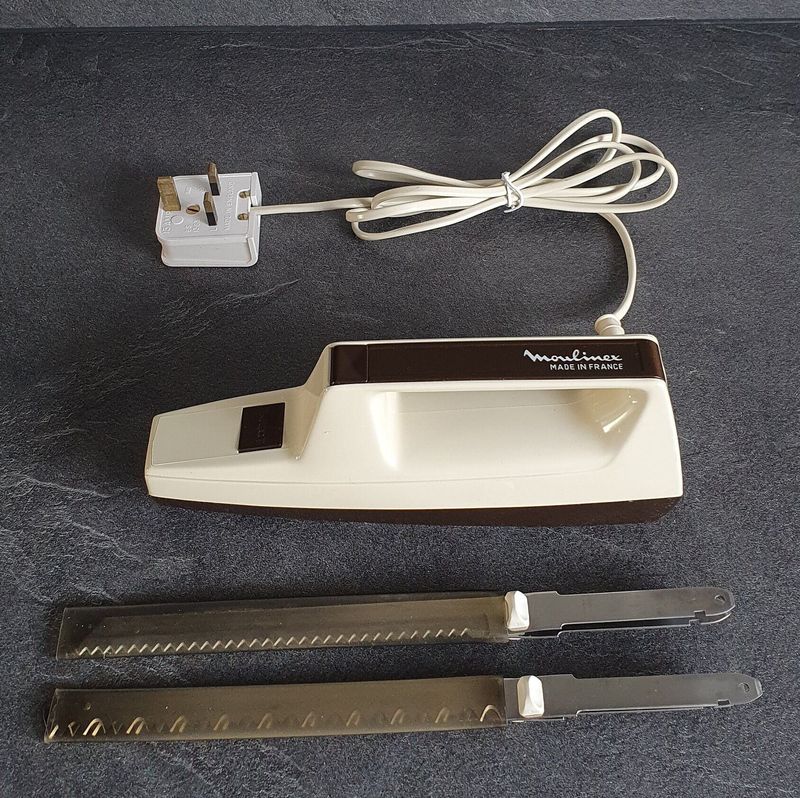
The electric knife was a cutting-edge tool in the 1970s, making meal preparation more efficient. Its sharp blades easily sliced through meats and bread.
This gadget’s precision and speed were unmatched, transforming carving tasks into effortless endeavors. It quickly became a favorite during holiday feasts.
Interesting fact: The electric knife’s design emphasized safety and convenience, appealing to families seeking innovative solutions in the kitchen.
10. Coffee Percolator
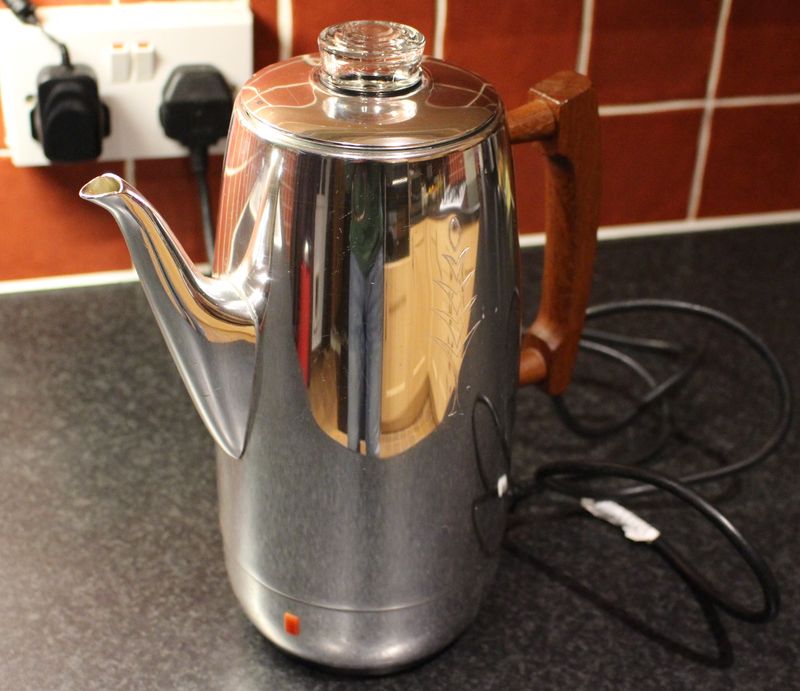
The coffee percolator was a staple for caffeine lovers in the 1970s, delivering rich and aromatic brews. Its rhythmic bubbling sound became synonymous with morning routines.
This gadget’s sleek design and reliable performance made it a beloved fixture on kitchen countertops. It symbolized the era’s love for coffee culture.
Did you know? The percolator’s popularity waned with the advent of drip coffee makers, yet it remains an icon of nostalgic brewing methods.
11. Electric Blanket
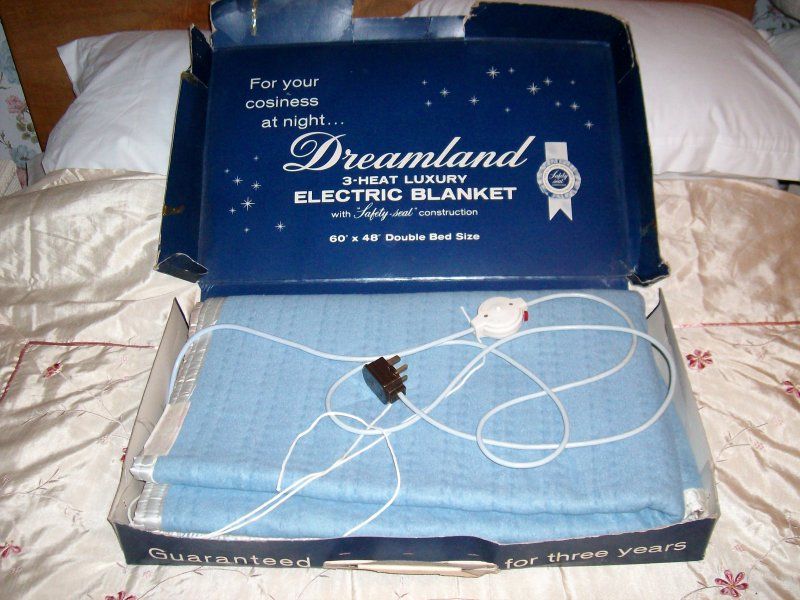
The electric blanket provided warmth and comfort during chilly nights in the 1970s. Its adjustable heat settings were a luxury for many households.
This gadget catered to those seeking coziness without high heating bills, adding a layer of comfort to bedrooms. Its safety features and warmth made it a winter essential.
Fun fact: The electric blanket was initially used in hospitals before becoming a household comfort item, highlighting its evolution in design and purpose.
12. 8-Track Player
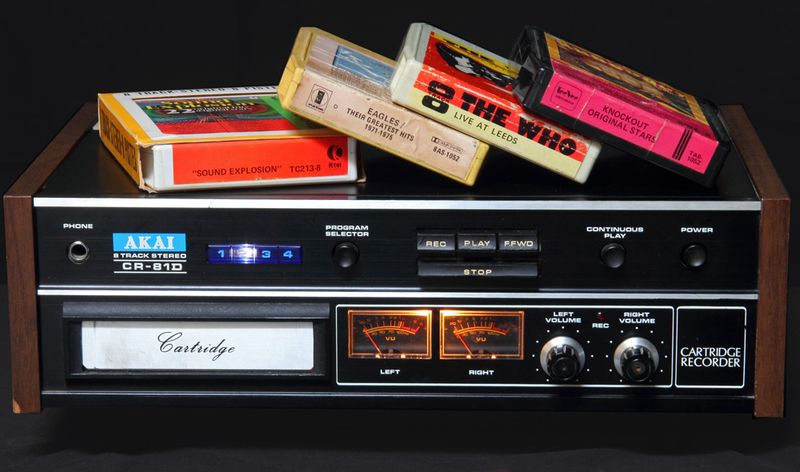
The 8-track player was the soundtrack of the 1970s, bringing portable music enjoyment to cars and homes alike. It offered a unique listening experience.
This gadget’s chunky cartridges and robust sound quality made it a favorite among music lovers. Its presence marked the height of audio innovation for the time.
Quirky trivia: The 8-track format eventually lost ground to cassette tapes, but its legacy endures as a symbol of the decade’s music scene.

